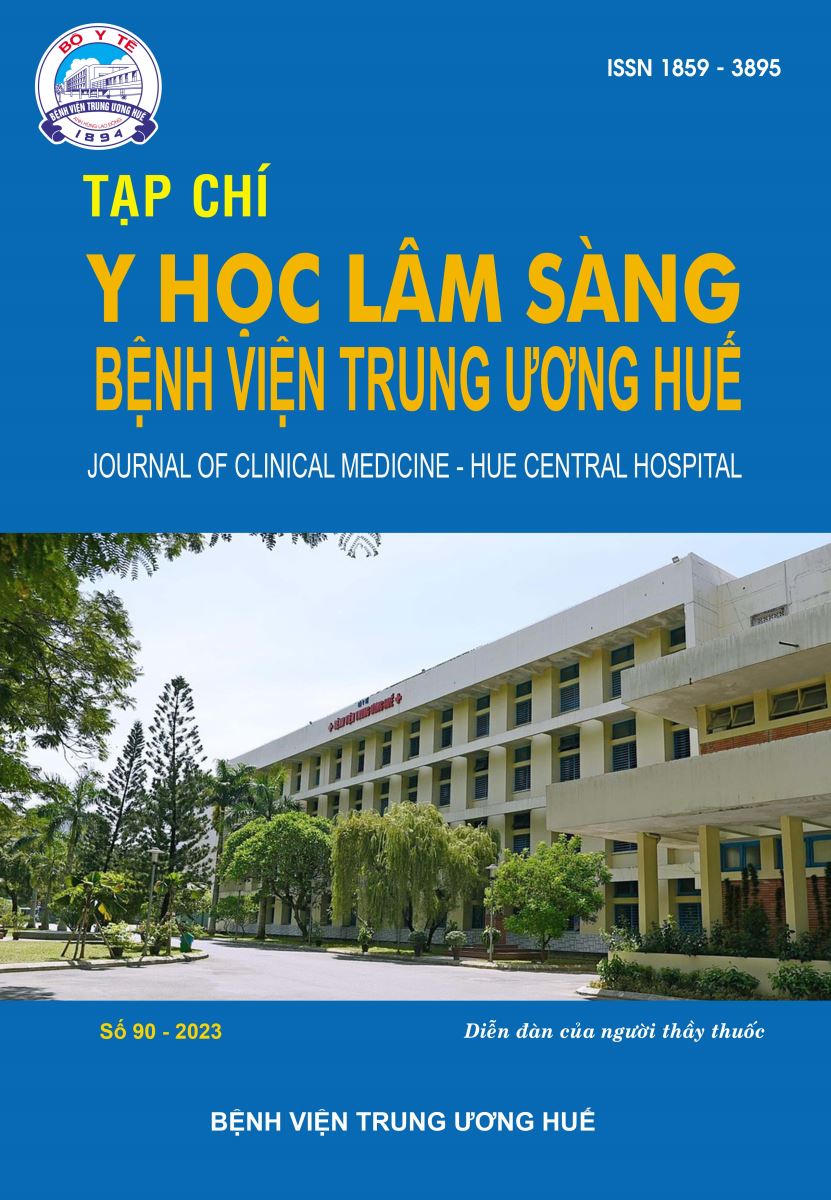Abstract
Objective: The aim of this study is to evaluate associations between Clot Burden Score, clot perviousness on computed tomography and endovascular treatment effect in patients presenting with anterior circulation large artery occlusion who underwent endovascular mechanical thrombectomy.
Methods: We retrospectively examined 92 patients with acute ischemic stroke undergoing computed tomography angiography, perfusion MR and endovascular mechanical thrombectomy.
Results: 70 (76,1%) had high CBS and 22 had low CBS. In the high CBS group, infarct volume and Tmax > 6 seconds volume were less than in the low CBS group. The high CBS group showed a strong trend toward lower procedure time (52 minutes versus 1 hour 24 minutes, p < 0,01). Number of Stent Retriever passes in the high CBS group was smaller than the other. Only 5,71% of the patients with high CBS ratios failed reperfusion, whereas 94,28% of those patients underwent successful reperfusion. Converly, 22,72% of the patients with low CBS had failed reperfusion. Patients with a high CBS group had smaller final infarct volume (18ml versus 89,5ml, p < 0,001) and smaller growth infarct volume (8ml versus 52,5ml, p < 0,001). There was no correlation between CBS and hemorrhagic transformation or symptomatic intracranial hemorrhage after endovascular therapy. Final infarct volume was moderately negatively correlated with clot perviousness p = -0,234, KTC 95% (-0,438) - (-0,008), p < 0,05.
Conclusion: The CBS scoring system provides an easy and rapid estimation of thrombus burden in stroke patients. Clot Burden Score can be used as a marker to stratify patients and predict outcome after endovascular thrombectomy in patients with a window extending to 24 hours.
References
Treurniet KM, Yoo AJ, Berkhemer OA, Lingsma HF, Boers
AMM, Fransen PSS, et al., Clot Burden Score on Baseline
Computerized Tomographic Angiography and IntraArterial Treatment Effect in Acute Ischemic Stroke. Stroke,
;47(12):2972-2978.
Hashimoto T, Hayakawa M, Funatsu N, Yamagami H,
Satow T, Takahashi JC, et al., Histopathologic Analysis
of Retrieved Thrombi Associated With Successful
Reperfusion After Acute Stroke Thrombectomy. Stroke,
;47(12):3035-3037.
Maekawa K, Shibata M, Nakajima H, Mizutani A,
Kitano Y, Seguchi M, et al., Erythrocyte-Rich Thrombus
Is Associated with Reduced Number of Maneuvers and
Procedure Time in Patients with Acute Ischemic Stroke
Undergoing Mechanical Thrombectomy. Cerebrovasc Dis
Extra, 2018;8(1):39-49.
Santos EMM, Marquering HA, den Blanken MD,
Berkhemer OA, Boers AMM, Yoo AJ, et al., Thrombus
Permeability Is Associated With Improved Functional
Outcome and Recanalization in Patients With Ischemic
Stroke. Stroke, 2016;47(3):732-741.
Puetz V, Dzialowski I, Hill MD, Subramaniam S, Sylaja
PN, Krol A, et al., Intracranial thrombus extent predicts
clinical outcome, final infarct size and hemorrhagic
transformation in ischemic stroke: the clot burden score. Int
J Stroke, 2008;3(4):230-6.
Tan IY, Demchuk AM, Hopyan J, Zhang L, Gladstone D,
Wong K, et al., CT angiography clot burden score and
collateral score: correlation with clinical and radiologic
outcomes in acute middle cerebral artery infarct. AJNR Am
J Neuroradiol, 2009;30(3):525-31.
Nie C, Kang Z, Tu M, Wu X, Sun D, Mei B, Clot
Meniscus Sign Is Associated With Thrombus Permeability
and Choice of Mechanical Thrombectomy Technique in
Acute Middle Cerebral Artery Occlusion. Front Neurol,
;13:850429.
Zhu F, Lapergue B, Kyheng M, Blanc R, Labreuche
J, Machaa MB, et al., Similar Outcomes for Contact
Aspiration and Stent Retriever Use According to the
Admission Clot Burden Score in ASTER. Stroke,
;49(7):1669-1677.
Maxim M, Elad IL, Adnan HS, Mayank G, Raul GN,
Dileep RY, et al., Association of clot burden score with
radiographic and clinical outcomes following Solitaire
stent retriever thrombectomy: analysis of the SWIFT
PRIME trial. Journal of NeuroInterventional Surgery,
;9(10):929.
Albers GW, Marks MP, Kemp S, Christensen S, Tsai JP,
Ortega-Gutierrez S, et al., Thrombectomy for Stroke at 6
to 16 Hours with Selection by Perfusion Imaging. New
England Journal of Medicine, 2018;378(8):708-718.
Nogueira RG, Jadhav AP, Haussen DC, Bonafe A, Budzik
RF, Bhuva P, et al., Thrombectomy 6 to 24 Hours after
Stroke with a Mismatch between Deficit and Infarct. New
England Journal of Medicine, 2017;378(1):11-21.
Albers GW, Goyal M, Jahan R, Bonafe A, Diener H-C,
Levy EI, et al., Ischemic core and hypoperfusion volumes
predict infarct size in SWIFT PRIME. Annals of Neurology,
;79(1):76-89.
Gillian MG, Kevin M, Mahmood M, Sharon D, Michael
G, Patrick AB, Clot friction variation with fibrin content;
implications for resistance to thrombectomy. Journal of
NeuroInterventional Surgery, 2018;10(1):34.
Patel TR, Fricano S, Waqas M, Tso M, Dmytriw AA, Mokin
M, et al., Increased Perviousness on CT for Acute Ischemic
Stroke is Associated with Fibrin/Platelet-Rich Clots.
American Journal of Neuroradiology, 2021;42(1):57.
Benson JC, Fitzgerald ST, Kadirvel R, Johnson C, Dai
D, Karen D, et al., Clot permeability and histopathology:
is a clot’s perviousness on CT imaging correlated
with its histologic composition? J Neurointerv Surg,
;12(1):38-42.
| Published | 29-12-2024 | |
| Fulltext |
|
|
| Language |
|
|
| Issue | No. 90 (2023) | |
| Section | Original article | |
| DOI | 10.38103/jcmhch.90.19 | |
| Keywords |

This work is licensed under a Creative Commons Attribution-NonCommercial-NoDerivatives 4.0 International License.
Copyright (c) 2023 Journal of Clinical Medicine Hue Central Hospital

